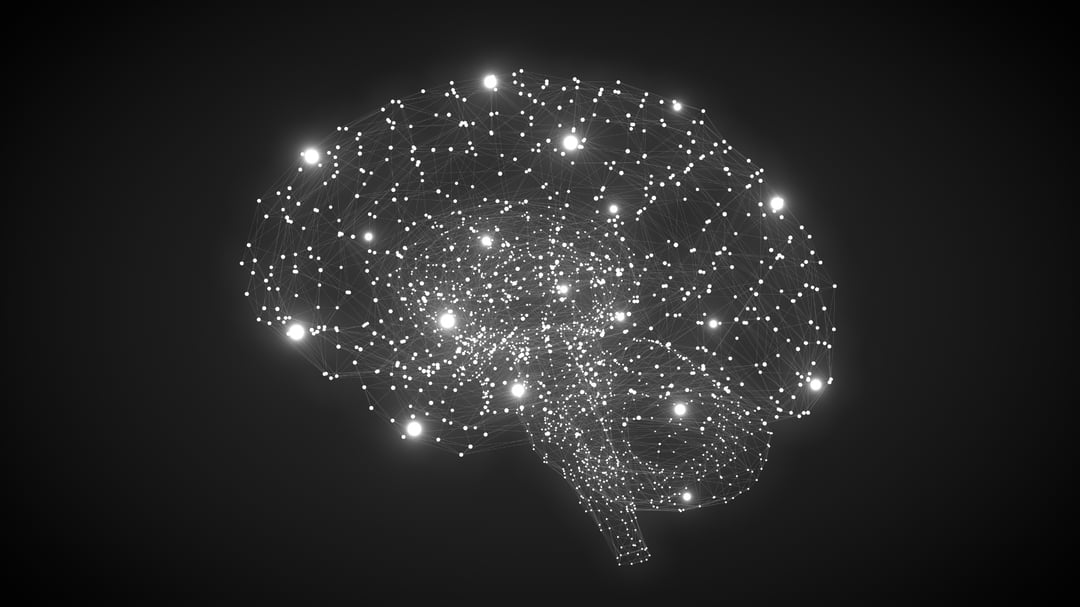A new school year always brings thoughts of new possibilities. We hope our children find friends, have a ‘good’ teacher, settle into their responsibilities, and that learning proceeds with ease. Deep down, we know they are on a path that will inform their future – and sincerely hope their path leads to a rewarding and meaningful life.
How can we guide our children along the right path, and importantly – how do they stay on it?
In fact, science demonstrates our children can create this path themselves - by strengthening their cognitive capacity. For the last several decades neuroscientists have proved just how changeable or ‘plastic’ are our brains. Throughout our lifetime, our brains can grow synapses and connections, becoming sharper and more capable.
What does this mean to your child, especially during the most critical learning period of their lives – their school years?
Let’s examine how the brain is designed to respond to these moments, and what it would look like to enhance your child’s capacity in key functions of learning. Today’s challenges do not need to be tomorrow’s struggles.
Core Academics – the Brain and the 3 Rs
At school, home, and in their personal lives, students are constantly faced with moments where their actions define them.
Throughout elementary, secondary, and beyond, students are expected to acquire and apply core literacy and numeracy skills. Typically measures of these skills are used by schools to determine what paths are accessible to students: whether they are capable, need extra support, or indeed, may have certain options closed to them. Accommodations and reduced expectations won’t close the learning gap, if one exists. What lies beneath the attainment of these, and other skills and abilities, is an intricate orchestration of specific cognitive processes.
Read it, and (don’t) weep
When we approach a reading task, our brain needs to track each word fluently without missing a letter or punctuation. It must recognize the words by sound or by sight. Only then does our brain come to understand the words, how they relate to each other. No wonder so many describe reading as exhausting!
Now let’s apply a neuroplastic construct to reading. With stronger capacity in key cognitive functions, the brain works more efficiently, and reading becomes easier. In fact, a study showed that after targeting cognitive functions students’ reading ability accelerated by up to 3 grades in one year. You can read about this and other studies in Research Report: Academic Outcomes.
The result is students of any age can view reading as an opportunity, not a chore. University students facing voluminous amounts of reading assignments can feel confident they can manage their workload; high school students can spend vital cognitive energy on thinking critically about text, rather than decoding it. And younger students can acquire a lifelong joy of reading because it is no longer an arduous task.
Ideally, difficulties are recognized and addressed early on, so we can strengthen capacities before the gap widens and sense of self and well-being become compromised.
Register today to hear how neuroplasticity transforms reading experiences:
Webinar - Mastering Literacy: Excelling Beyond Learning Challenges, Dyslexia and Dysgraphia
Where it Counts
When it comes to mathematics, once a student reads the math problem (see above), two key cognitive processes are at play. One acts as the calculator in our brain, holding and manipulating number. We rely on it for learning math facts, time management, keeping a tally while budgeting.
The other interprets the principles of math: it grasps the logic of fractions or calculus (by the way, this brain function also synthesizes any conceptual material – from reading comprehension to picking up on sarcasm or presenting a cohesive argument in debate). A stronger ability here enables someone to understand mathematics, rather than merely memorizing it.
Mathematics need not be confined to those with a ‘math mind’, but to any student and any task requiring logic or analysis. As Stanford professor and math expert Jo Boaler says:
“The myth that our brains are fixed and that we simply don't have the aptitude for certain topics is not only scientifically inaccurate; it is omnipresent and negatively impacts education and many other events in our everyday lives.”
- Dr Jo Boaler, Author of Limitless Mind.
Register today to hear how neuroplasticity transforms mathematics:
Webinar - Decoding Numbers: Overcoming Dyscalculia and Unlocking Mathematical Proficiency
Words Have Power
Effective written and verbal communication skills empower students across all disciplines, and in all situations. Our brains are responsible for it all - the simple mechanics of forming letters and words, automating our typing, pronouncing words accurately. Also –and critically – it’s core brain processes that form cohesive arguments, articulate knowledge, and compel our audience – be it in verbal and written form.
What would it mean for your child to communicate proficiently? How would they participate differently? It might start small, simply completing their work on time, or without extra time or resources. It might mean raising their hand a bit higher in class, volunteering to share their ideas or work. They might be selected as school newspaper editor or run for school office. A strong communicator operates in the world differently. Students who once saw themselves as the passive observers become leaders. Those already confident become better listeners, collaborators, change makers.
We Are What We Do
Then there’s the unspoken curriculum: trillions of pivotal moments in between classes and coursework. Through childhood and particularly adolescence, children make decisions that can literally shape their lives: it is their brains that shape these moments.
Interacting socially, assessing risk, and self-advocacy all require complex intellectual processes. How well we interpret and respond to the situation in front of us depends on our brain’s capacity. Our brains are at the heart of knowing right and wrong, of building empathy, of seeing the ‘greys’ amongst the black and white. From navigating the playground, cafeteria, sports field, or prom night, to knowing when and how to stand up for themselves or a peer – our brains determine how we face and conquer these challenges.
Cognitive programming can improve key aspects of problem solving, critical thinking, judgement, and collaboration. It can strengthen students’ ability to operate as independent beings in the world.
What would it mean for your child to get ready for school without your help? To seek out and secure their own summer job? Imagine the dynamic of family life, if your child stayed on top of assignments and test preparation without your constant reminders and follow up? Imagine feeling at peace with knowing your teen is going to make the right choices, even when you leave for a weekend away. Enhanced cognitive ability create new possibilities for the whole family to operate more harmoniously.
Right now, students in schools across North America are bravely setting new goals. Through a cognitive approach, goals don’t have to feel too lofty, vague, or complicated. A cognitive goal, be it to excel in school, prepare for adulthood or simply to prove an “I Can” mindset, can be established and achieved. A new brain can create new pathways - literally – new neurons, synapses, and connections, leading to a brighter future.
Make this school year the best year yet: the year of creating a stronger brain that you will carry forward.
Contact us and share your goals, so we can help you create a school year you and your child will never forget. Part-time and full-time time classes available through our in-person and at online campuses.

August 25, 2023


